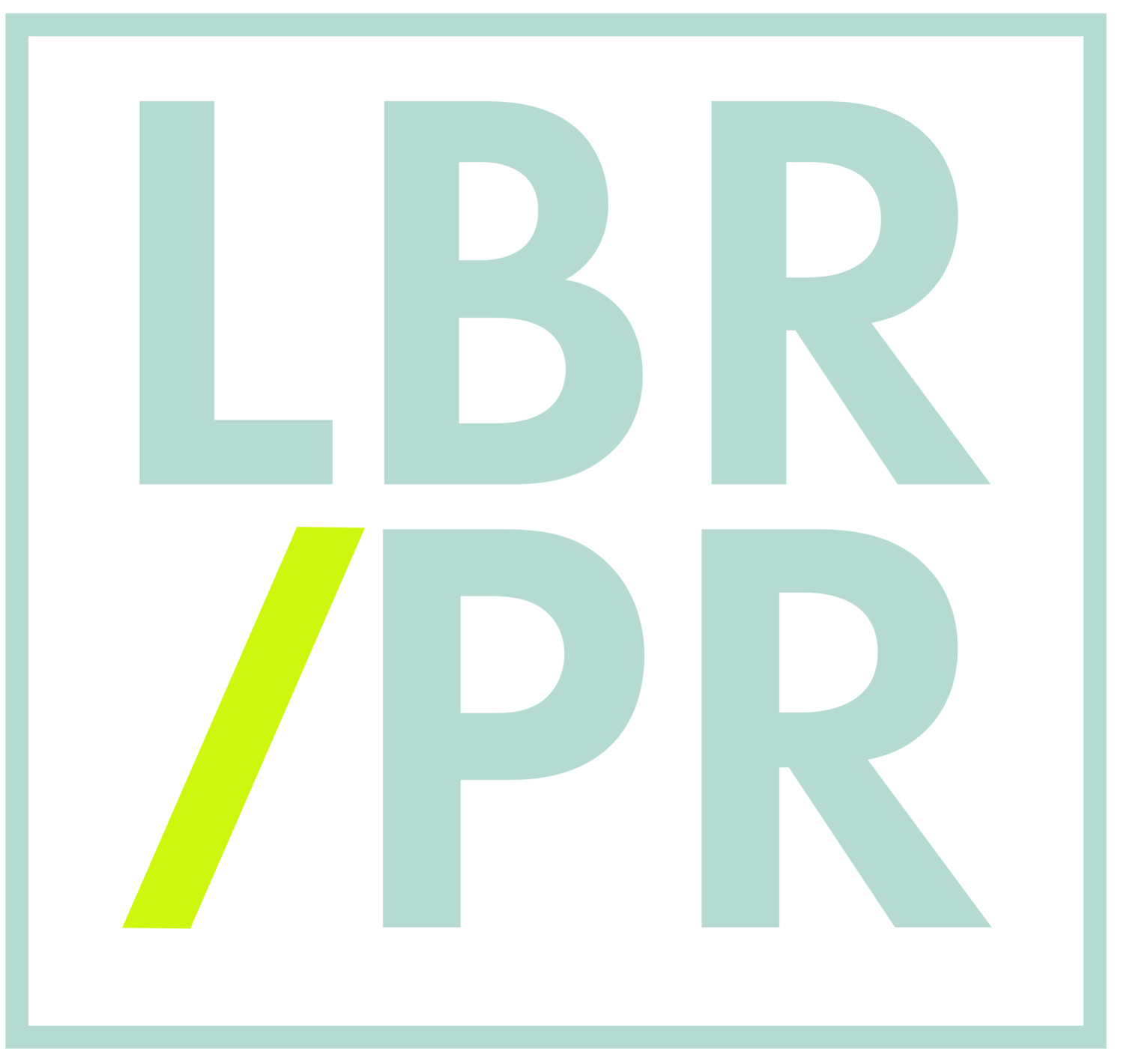How do I know if PR is right for my business?
I get this question more than any other when I’m speaking with founders and executives: how do I know if PR is right for my company right now. It’s a fair ask, because “PR” gets treated like a catch-all for awareness, credibility and “magic.” The truth is simpler. PR works when you know what you want it to do, you have something worth saying and you’re set up to capture the attention you earn.
Start with clear goals or don’t start at all
“Let’s get PR on this announcement,” isn’t a goal, it’s a tactic in search of a reason. Before a single story can be pitched, you must decide what the extra visibility is supposed to accomplish, then pick the kind of campaign that matches that outcome.
If you’re a restaurant and you need butts in seats, the campaign will be focused on timely coverage, calendar listings and local media that move attendance. If you’re a professional service firm looking to gain market share in the manufacturing space, the brief is about generating trade press, bylines and data the editors will cite or appearing on panels where your buyer already sits.
Different goals, different playbooks.
Have a strong point of view
A strong point of view is mission critical if you want the spotlight that earned media can deliver to land. It isn’t enough to repeat what everyone else is saying. You have to sound like yourself, not a composite of your category.
Editors are not hunting for slogans. They are looking for experts who make their jobs easier. When your POV adds clarity, offers a workable frame or gives a clean line they can quote, you become the person they email first. If your take could be written by any smart intern – or AI! – your contribution will be left on the cutting room floor.
Review Your Online Presence
Your digital footprint is the new handshake. We used to judge a limp, sweaty grip. Now we judge a landing page. When someone learns about you or your business they check your website, your LinkedIn, your product page, your socials. If the story is fuzzy or the path is broken, the attention you earn will not convert.
Make sure your online presence echoes the experience you actually deliver in real life, then make it ready to receive. If you are a high-end law firm targeting hospitality clients, your website can’t look like it was last updated in the early aughts. If you are a lifestyle brand and your products aren’t presented in professional, well edited images, no one is going to want to click “add to cart.” The biggest mistake a brand or business can make is turning on the spotlight through earned media and then wasting the traffic and attention with badly executed assets, muddled messaging or a dated brand.
Know your media landscape
This last factor sounds a little “inside baseball,” but it’s critical to whether PR can do its job. Start by asking if the media map lines up with your audience and your goal. If you’re a regional store with no online presence, a national awareness push probably won’t put money in your pocket. If you’re an engineering firm that services nuclear power plants, there may be only a handful of outlets that fit… which means a PR campaign might not be your best business-development lever right now. In that case, conferences, sponsoring roundtables or doing visible environmental charity work could get you in front of the right people faster.
When a client comes to us, the question is simple: Are there enough outlets, reporters and channels that actually reach the audience(s) you care about to achieve the result you want? If the answer is no – if the market is too niche or the path from coverage to action is too thin – PR shouldn’t lead your plan. Map the landscape first, then decide if earned media is the right tool for this moment.

